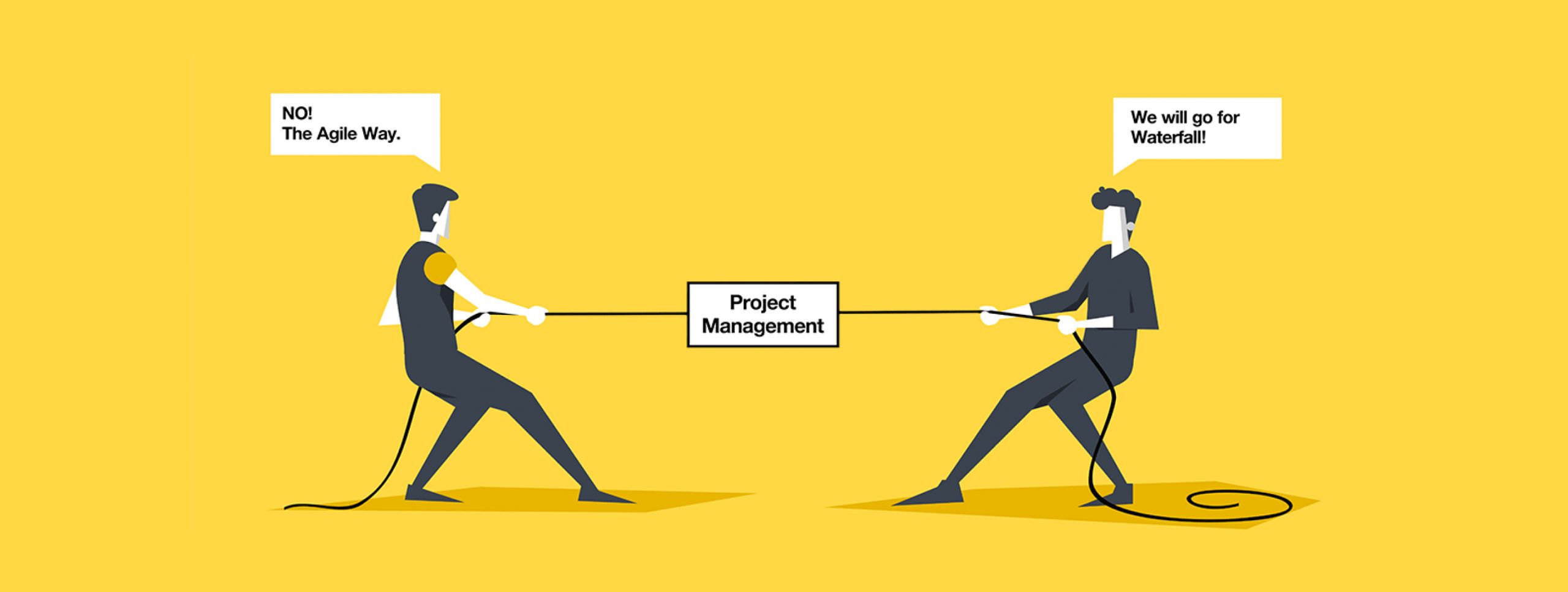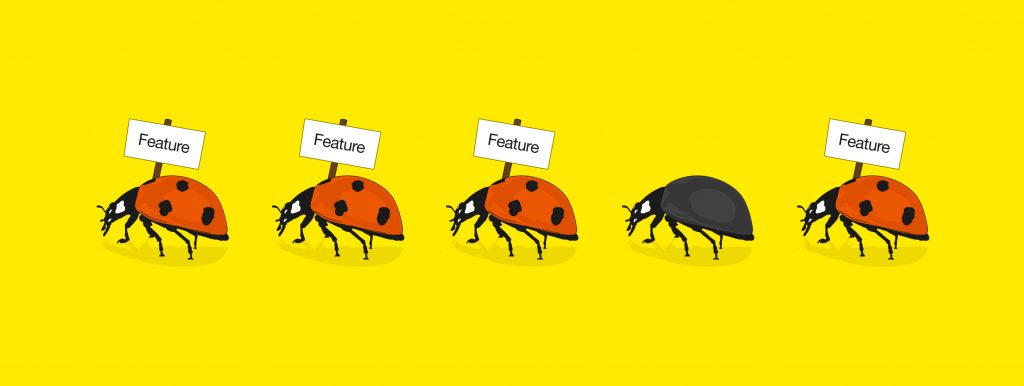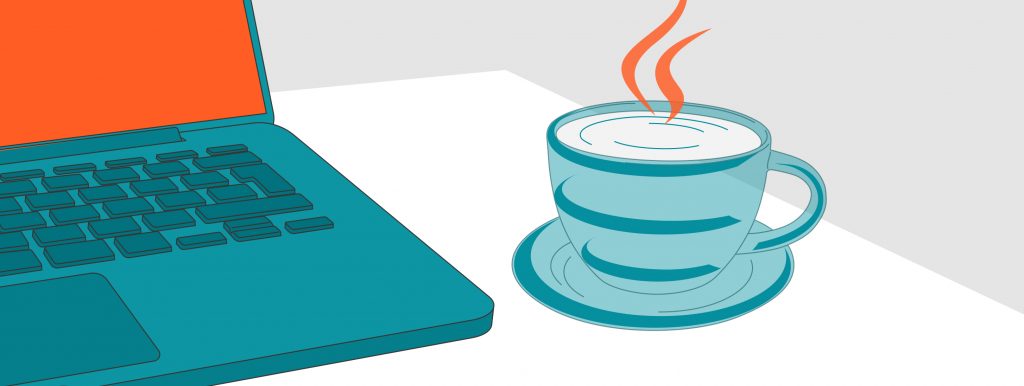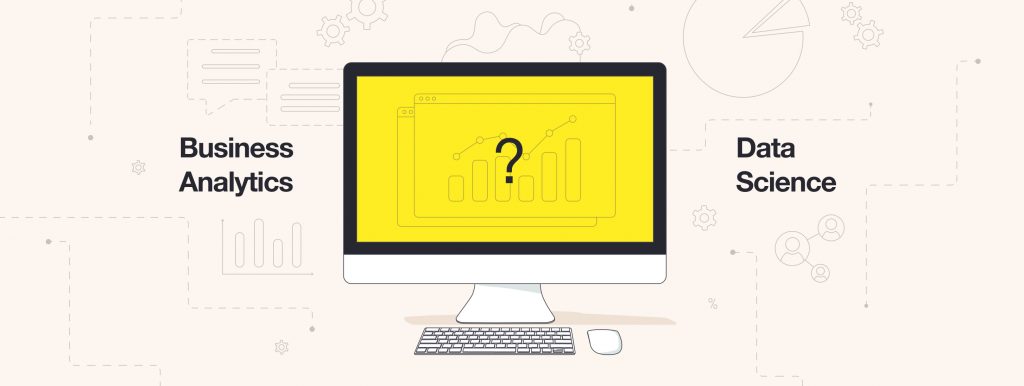Nowadays a lot of ballyhoo is around the two most effective models organizing development process: Waterfall vs. Agile. What is the difference between Agile and Waterfall? Which is better or more suitable for implementation? Truly, a tough decision. But here lies the principle of successful project management implementation. And this principle is to choose the right project management style. Today we will try to figure out what methodology Agile or Waterfall is crucial for your business. We are here to take a deeper look and grasp the main difference.
Waterfall and Agile are two different software development methodologies
Waterfall and Agile are two different approaches to software development. The waterfall model is a linear and sequential approach, where each phase of the software development cycle is completed before moving onto the next. Agile development, on the other hand, is iterative and involves working on the project in small increments or sprints. Agile allows for flexibility and collaboration between teams, while waterfall provides a structured framework for large projects. Choosing the right approach depends on the specific needs of the project and the organization’s development culture.
Let the fight begin!
The concept of Waterfall is to create a systematic schedule of tasks according to the estimated time, then distribute these tasks and implement.
Waterfall software development is the best variant for your business if:
- You follow a strict sequence of task, clear and precise workflow scheme;
- You are able to calculate the exact amount of resources spent on the project;
- You work with smaller projects where the information is precise according to all requirements;
- You don’t need to establish communication among all team members.
Nevertheless, as every methodology, it has a number of disadvantages:
- The customer is unable to make changes till the very end of product development. As the team priority is to follow a strict sequence of tasks.
- This methodology requires a considerable amount of time and effort to plan and prepare the schedule before the work is started.
We guess that Waterfall is more or less clear. Our next step is to understand what Agile represents itself. It is all about sprints or iterations, which allow the team to respond to the customer requirements and make some changes quickly.
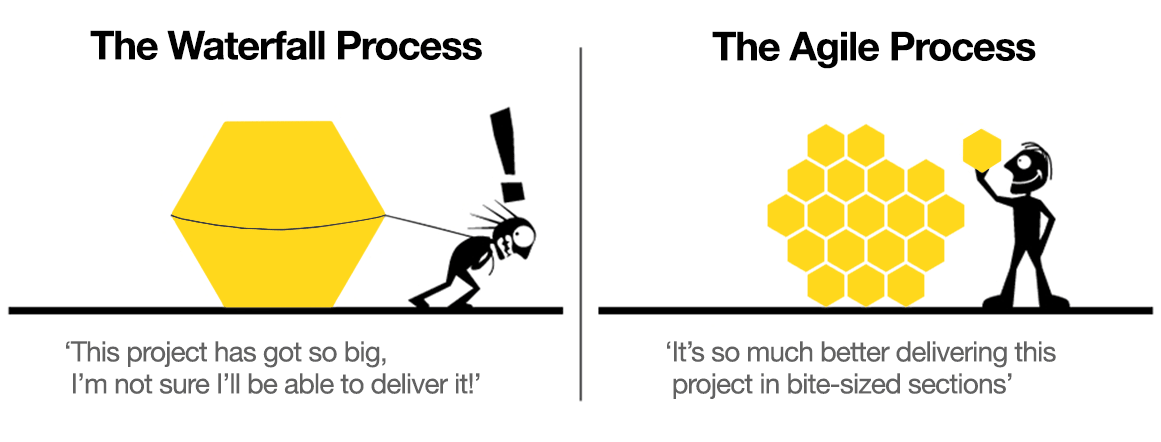
Agile is the best variant for your business if:
- Constant changes of requirements are necessary during product development;
- You need a high level of interaction among all team members;
- Project team is empowered to use creativity and work effectively;
- The customer is directly involved in the working process as he can adjust and distribute tasks during it.
What concerns disadvantages, so they don’t walk away Agile, too. The most important ones:
- This is a real headache for both parties, as it is almost impossible to precisely calculate the total cost of the project. As long as there is always the risk of endless modifications of the product;
- It can be a problem if your time schedule and scope are uncertain, as stakeholders and the other parties become worried and nervous.
In a nutshell, which strategy to choose depends on your business model, certain project, team, goals and all peculiarities that should be taken into account. Who won the battle for you?
